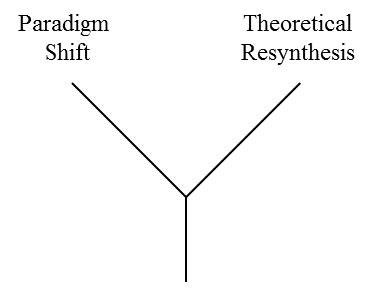

The risk to the system and the payer is missing a group of individuals who then have disease activity and progression in which they’re now pulling on resources that need to be covered by the payer because of inadequate disease management. It may not be the right philosophy in all cases, though, because there is risk of overtreating people.

The philosophy of giving the best first appears to be a smart philosophy. It’ll be dependent on race and ethnicity, as Dr Leist mentioned, and a whole variety of other factors. It is what it is, and you hope that recovery is full. If someone has optic neuritis or a bad spinal cord relapse, steroids do not improve their long-term outcome. We embark on this high efficacy approach in an effort to prevent disease from happening, because we can’t take that away. We see a lot more disease on MRI than clinical symptoms that represent exacerbations. When an exacerbation occurs, if history is correct, an MRI relapse will outnumber a clinical relapse 10:1, and that’s a key marker in the no evidence of disease activity metric that has been created, whether or not we agree upon that as being a valuable tool. The rationale for using a high efficacy treatment first is to allow for preservation of neuronal tissue. Now, we have a wealth of treatments to choose from. All we knew was if things seemed worse, we would escalate you to an interferon-based therapy if you were on copolymer. Looking back on history, that’s all we had. Some would put alemtuzumab, Tysabri, ocrelizumab, Mavenclad, and ofatumumab within that list, and may include or leave out Zeposia, fingolimod, and Mayzent. The availability of higher efficacy agents has had an effect. Science has advanced as well, highlighting how other cell types may be more important in the pathophysiology of multiple sclerosis. What has happened over the past 10 or 15 years is we’ve had a number of different treatments that have differing mechanisms of action. In early 2000, you had Rebif, then the introduction of Tysabri, or natalizumab, and the entry of a variety of oral treatments. I believe Avonex and Copaxone followed in 1996. Around that time, a patient had to win a lottery to receive treatment. It was because of the limited treatments we had. Maybe you could talk about how you’ve helped change that paradigm away from incremental therapy to more aggressive early stage therapy.ĭarin Okuda, MD: What may be important is to go back in history and understand why we had an escalation approach back in the day. You’ve been an advocate for early aggressive therapy for quite some time. Dr Okuda, you could talk a little about that. It feels like that paradigm has changed in MS. Like we did with a lot of things, like hypertension-you start with a β-blocker, then you add an ACE inhibitor-it’s like progressive therapy. There was the use of self-injected medications. Neil Minkoff, MD: As someone who’s been involved in medication management, I feel as if the structure around MS management, or at least the paradigm around MS management, has changed pretty dramatically over the last, say, 15 years.


 0 kommentar(er)
0 kommentar(er)
